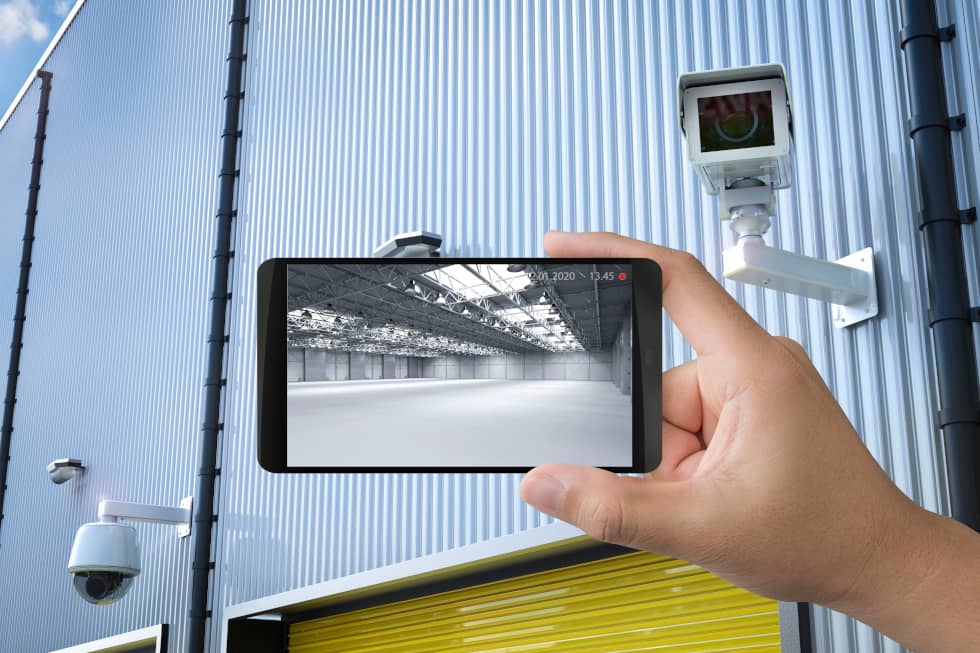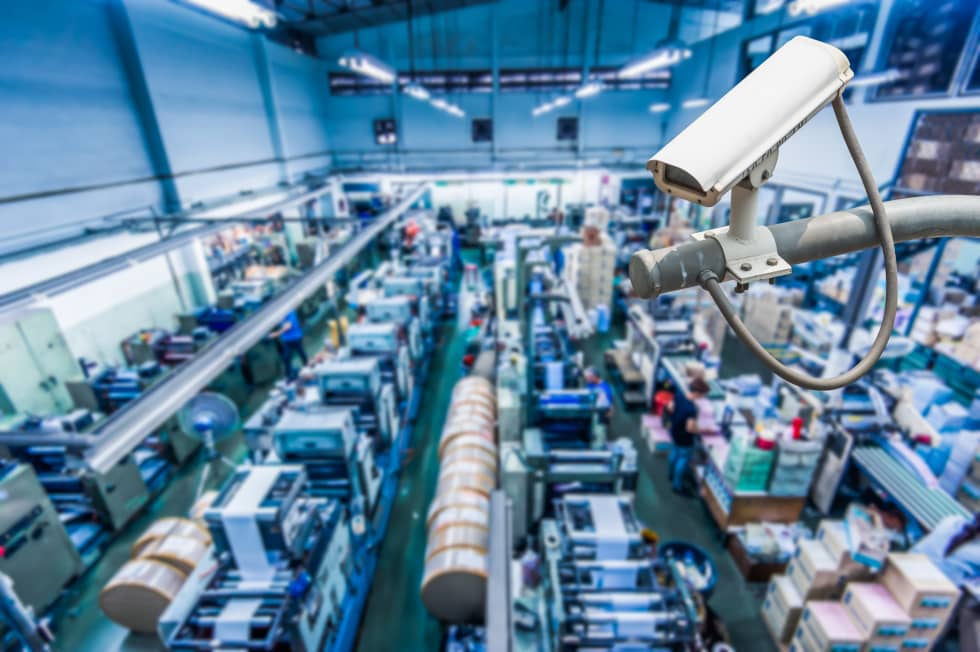Auditor Feedback
- Preparation is key. With the remote audit approach, preparation by the auditor is much more intensive around the pre-order to review of documentation. It’s important for everyone to understand the pre-audit submissions review, and understand the process so as an auditor you can request the right information beforehand.Although there’s lots of similarities between the on-site and the off-site audit, remote document review generally requires information specified by the auditor to be uploaded onto a document portal. Scanning rather than photographing and uploading documents can take some time so auditors need to make sure that the company is aware before the order date of exactly what information will be required. During the audit itself they’re going to need lots more documentation so to enable that it’s important to have a scanner available if possible.
- Test that your site it is compatible with the certification body systems. Compatibility can be an issue so the company needs to make sure the IT team is on hand on the day. It’s very important that we’ve got the right people available on the day to help with any technology troubleshooting. We all know video streaming can be poor when internet bandwidth isn’t at its best and of course with these audits taking place all over the world, some in very remote locations where wi-fi and bandwidth is a problem. If you think this could be a problem, it is probably a good idea to request a wired connection to a LAN or some sort of router ahead of time to ensure there aren’t delays on the day. You also need to check in case the company firewall has any internal controls or restrictions. On-screen sharing may need to be resolved in advance.
- Test the technology in advance. It is a good idea to arrange a dry run in advance if it’s at all possible. The audit day time constraints on the auditor are tough enough already without the pressure of IT problems. It also allows the site and the auditor to have a chance to get to know each other before the actual audit day. Another consideration is that many sites experience live streaming problems due to a faraday cage effect that steel framed factories present and just to get around this the company can possibly upload a pre-recorded video requested by the auditor or present them via a shared screen. If live streaming is possible just be aware of the noise in the plant and how this can impact the auditor and of course the auditor doesn’t have control over the camera and where it’s pointing. A solution for this can be a team approach to the filming maybe involving two or more people with a camera operator and a quality manager using separate devices.Another point is with a typical on-site audit day, the team will all sit around a table during the audit which works well, however when you’re doing it remotely placing the laptop in the middle of a large table to allow everyone to join in doesn’t work so well particularly if the microphone isn’t picking up the sound or if the meeting rooms are a bit echoey. Moving the auditors closer to the microphone may cause social distancing issues so it’s probably better to have everyone logged into an audit platform with headphones and individual microphones.
- Get familiar with video conferencing. Throughout the pandemic, the use of video conferencing has developed immensely and everyone is now much more familiar with these systems. Certification bodies may have their own platforms whether it’s Microsoft teams or Google, Skype or Zoom. The auditors can be trained in these and get familiar with them. Then they don’t have to deal with resolving any IT issues concerning these platforms, on the day. They’re familiar with the system, they’re not using some alien system on the day. Not knowing how an unfamiliar platform works it’s just extra hassle and extra stress for your auditor and you don’t want to have a stressed auditor!
- Put a plan in place for poor wi-fi. We’ve mentioned this already but if you were intending to be live streaming during the factory visit but it’s not possible due to wi-fi you could try pre-recording a video of the production facility. However, before you do this you just also need to consider national privacy laws and you must make sure that the video gives a good representation of the site. It doesn’t have to be cinema quality but try to avoid things like nausea inducing rapid panning from one side of the factory to the other. Just think about what it is exactly that your auditor wants to see and focus on those details. Following up on the HACCP process flow diagram might be a good place to start the video. Try experimenting with different recording technology and avoid using the portrait style videos if possible. A digital camera can sometimes be better than a phone camera as it’s easier to transfer the videos onto a computer and so on.

To recap, we’ve talked about additional steps such as having confidentiality agreements or NDAs to be signed and just to consider documents such as the IAF ID3 or AFMD4 docs need to be understood and agreed with your certification body and if you’re not sure about these just have a chat with your certification body about it. Sites had to learn where their wi-fi hotspots and black spots were in advance of the audit and that’s not something your typical technical manager knows anything about. We’ve heard of some extremely remote sites having no wi-fi at all and making it impossible to conduct a live remote audit. We do know that sites and auditors have used a huge variety of hardware and software. Everything from smartphones, ipads, laptops, even CCTV. They’ve used Go-Pros, they’ve used Whatsapp, they’ve used Microsoft teams. Some have been more effective than others.
ICT however doesn’t in any way constitute digitalization and this is usually an enterprise-wide project requiring investment and lots of detailed projects. The pandemic has not necessarily accelerated digitalization in that respect and it may in fact have slowed down the process in certain businesses. Companies who had started the roll out of a digitalization product may have delayed it because the pandemic took priority but having said that companies that already had digitalization food safety platforms in place had a three-fold increase in their use because those customers realized they could effectively manage their compliance systems remotely using a full set of features that their digital platforms already offered. In other words the pandemic encouraged digital users to exploit a digital based compliance solution that they already had. This is supported by feedback from those using remote technologies to perform internal audits. They enhanced their control to mitigate food safety risks during the pandemic and reiterate the importance of strong internal audits especially when third party audits weren’t possible.
So those who had digital systems in place were very grateful and it really made it a lot easier for them to share their documents with external auditors, it made the entire audit and remote audit experience much more effective.
An example of a rapidly evolving digital tool used in the food industry is digital pest monitors. These integrated pest management tools are a critical component of any food safety program and tools such as rodent monitoring service sensors can protect operations from pest infestations and the related risks of disease, product loss and recalls. They can help ensure your site is audit ready and compliant with lots of the complex regulations associated with food safety standards
We will talk more about pest management and control in the next article.

